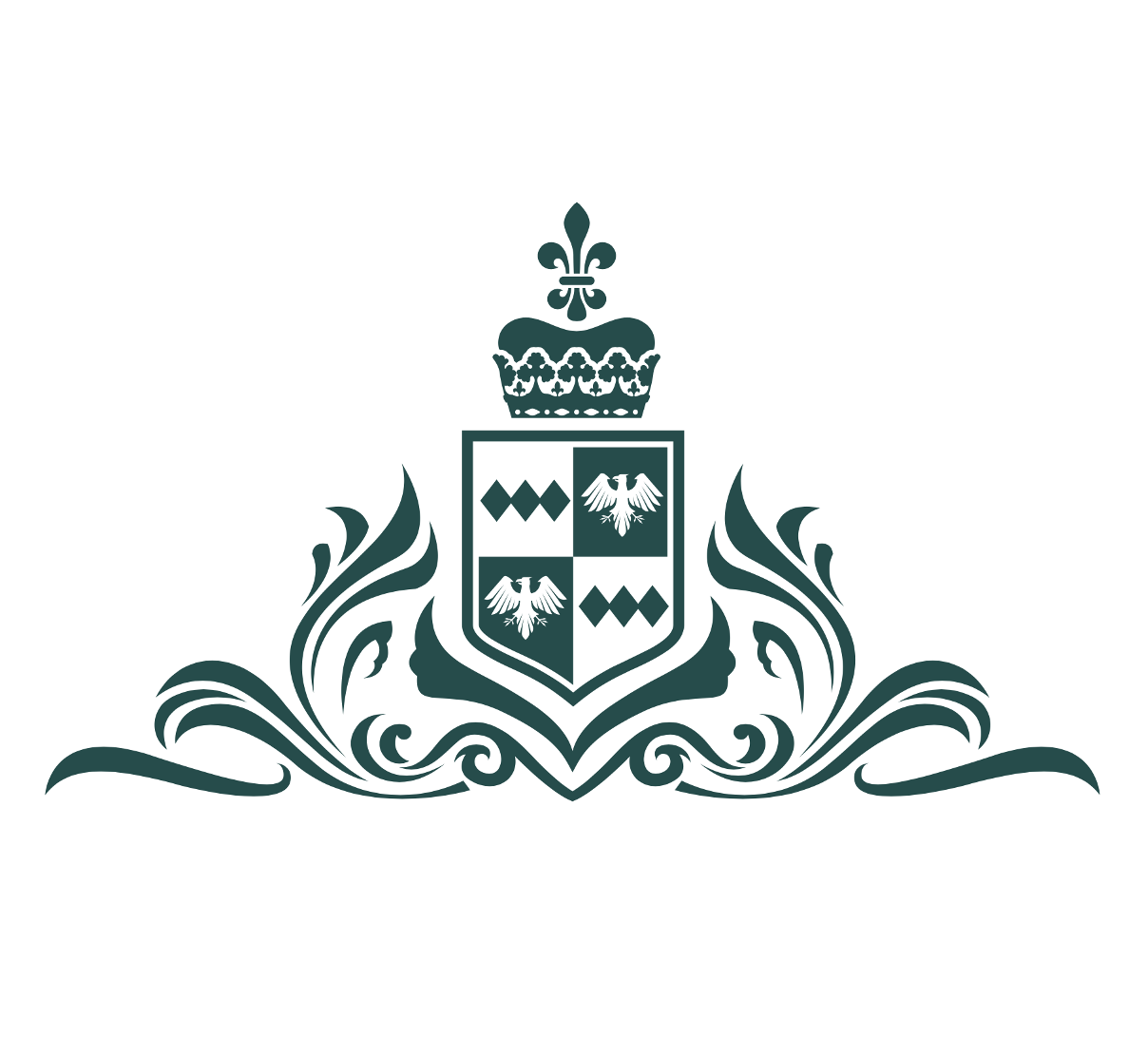
HISTORY OF
BRAMPTON PARK HOUSE:
The rich and colourful history of Brampton Park House spans a number of centuries and can be divided into three main periods of interest.
The first chapter in its history dates back to the 12th century, when the estate was held by William the Sokeman in direct fealty to the King, and during this time it is believed that the grounds included a royal hunting lodge.
During the 16th century, the Throckmorton family built a "fair brick house" on the estate, and later in the 17th century, Brampton Park House was home to Sir John Bernard, 2nd Baronet, and an English politician who sat in the House of Commons between 1654 and 1660.
This period coincided with the Anglo-Spanish War, driven by commercial and colonial rivalry, Oliver Cromwell's rule as Lord Protector, and the restoration of the monarchy with King Charles II whose coronation took place in 1661.
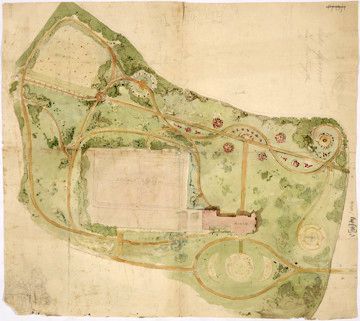
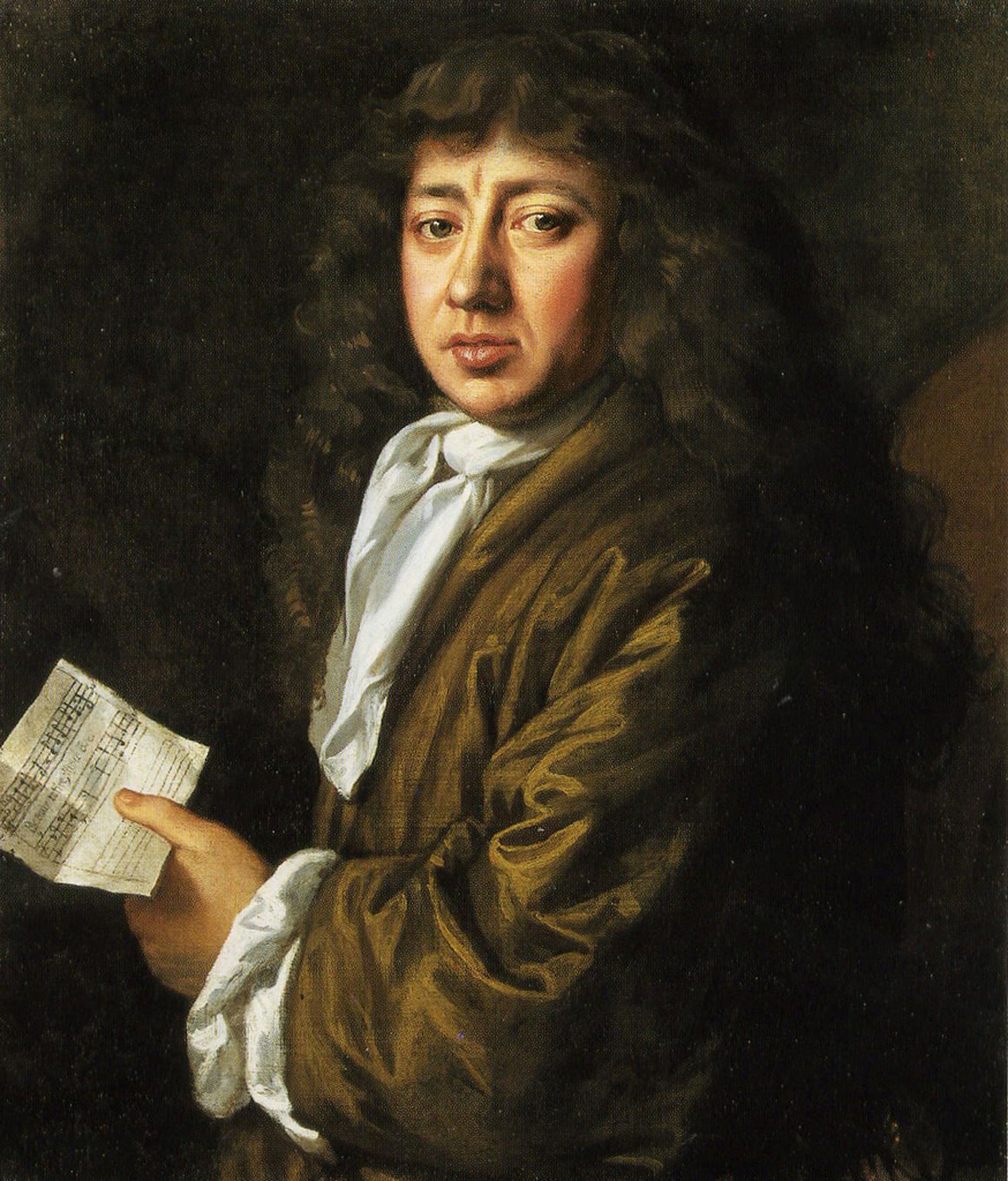
Brampton Park House also has associations with the famous diarist Samuel Pepys.
Brampton village was home to his uncle, Robert Pepys, elder brother of the diarist's father, whose house still stands. Samuel Pepys is known to have stayed here, as well as the Black Bull Inn.
Legend has it that some of his fortune remains buried somewhere in the village. During the panic caused by the Dutch raid on the Medway in 1667 he buried his gold in the grounds of Brampton House and was never sure how much of it he managed to recover.
The second chapter of the estate's history is dominated by Lady Olivia Bernard Sparrow.
Lady Sparrow was a prominent philanthropist who became a leading proponent of education and care for the poor, particularly women.
After being widowed in 1805, at the age of 30, she poured her energy into the refurbishment of Brampton Park House and used her position to champion education, welfare, and architecture.

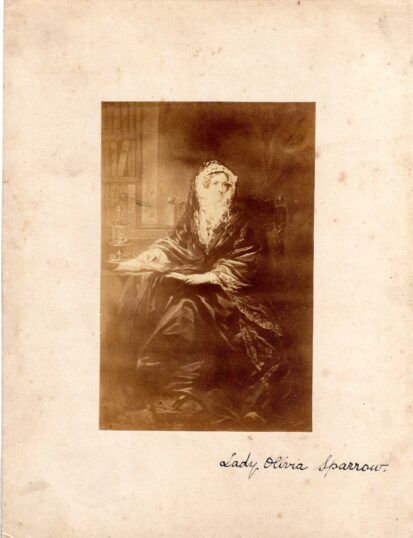
Lady Sparrow remodelled the entire estate between 1802 and 1825, calling upon the expertise of John Nash, one of England's most prominent architects, and Thomas Steadman Whitwell, who rebuilt the main house between 1821-22. John Buonarotti Papworth undertook further alterations in 1825, including the design of the coach house and the entrance lodge.
Many notable figures of her time were guests at Brampton Park House including Lord William Wilberforce, Hannah More and renowned artist Cornelius Varley. Other prominent guests include the Duke of Wellington and his bride Kitty Pakenham who were first introduced to each other by Lady Sparrow, and William Wordsworth, world famous poet laureate.
Today her legacy is still visible throughout the village of Brampton, where the initials 'O.B.S' mark the walls of schools and homes she helped to build or improve.
To celebrate her life and work, the artist John Lancaster recently hosted OBS 250, a weekend event incorporating a series of talks and discovery walks around the village of Brampton. As part of this, based on his own research into the local history and county archives, he brings Lady Olivia Sparrow back to life in a mesmerising and evocative interview which you can access via the website www.walkwitholivia.com.
The main building was originally an imposing three storey manor house decorated with the characteristic white stone that adorned many a grand residence at that time.
The eastern half of the building was ravaged by a fire in 1907 which lasted for three days, leaving only a third of the original building in tact.
Happily, plenty of original features remain, including picturesque chimneys, stained glass windows, structural timber frames, interior decorations and period fireplaces. The 19th century pump room on the first floor of the north west wing also survived.

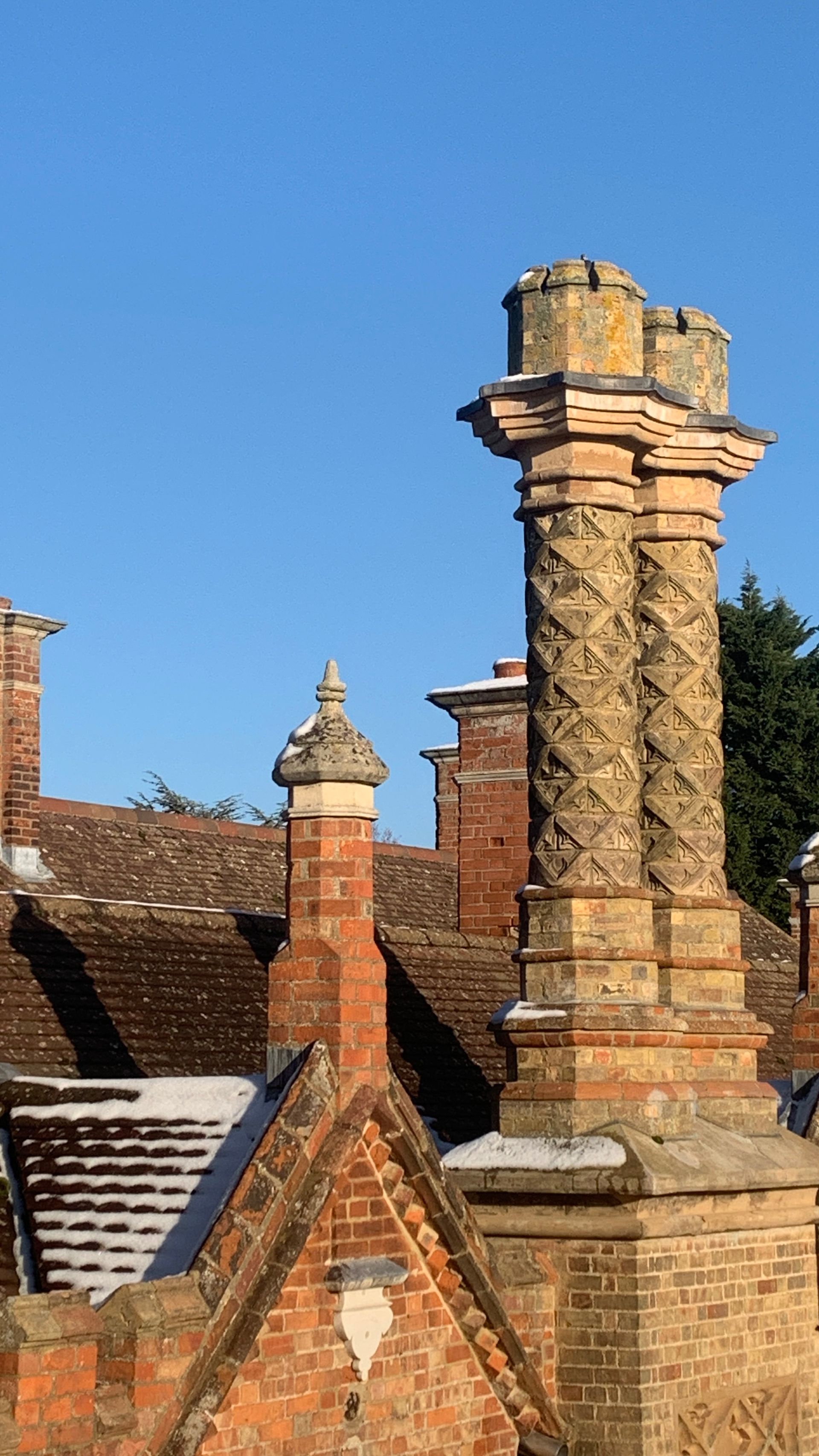
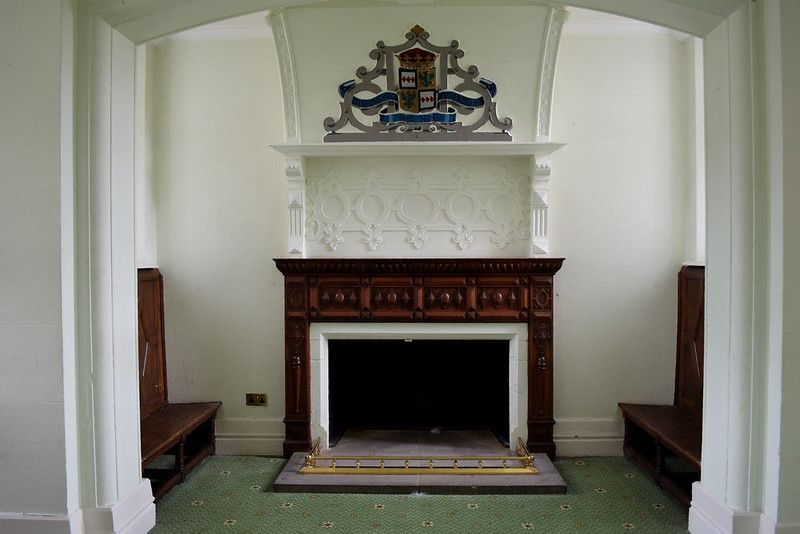
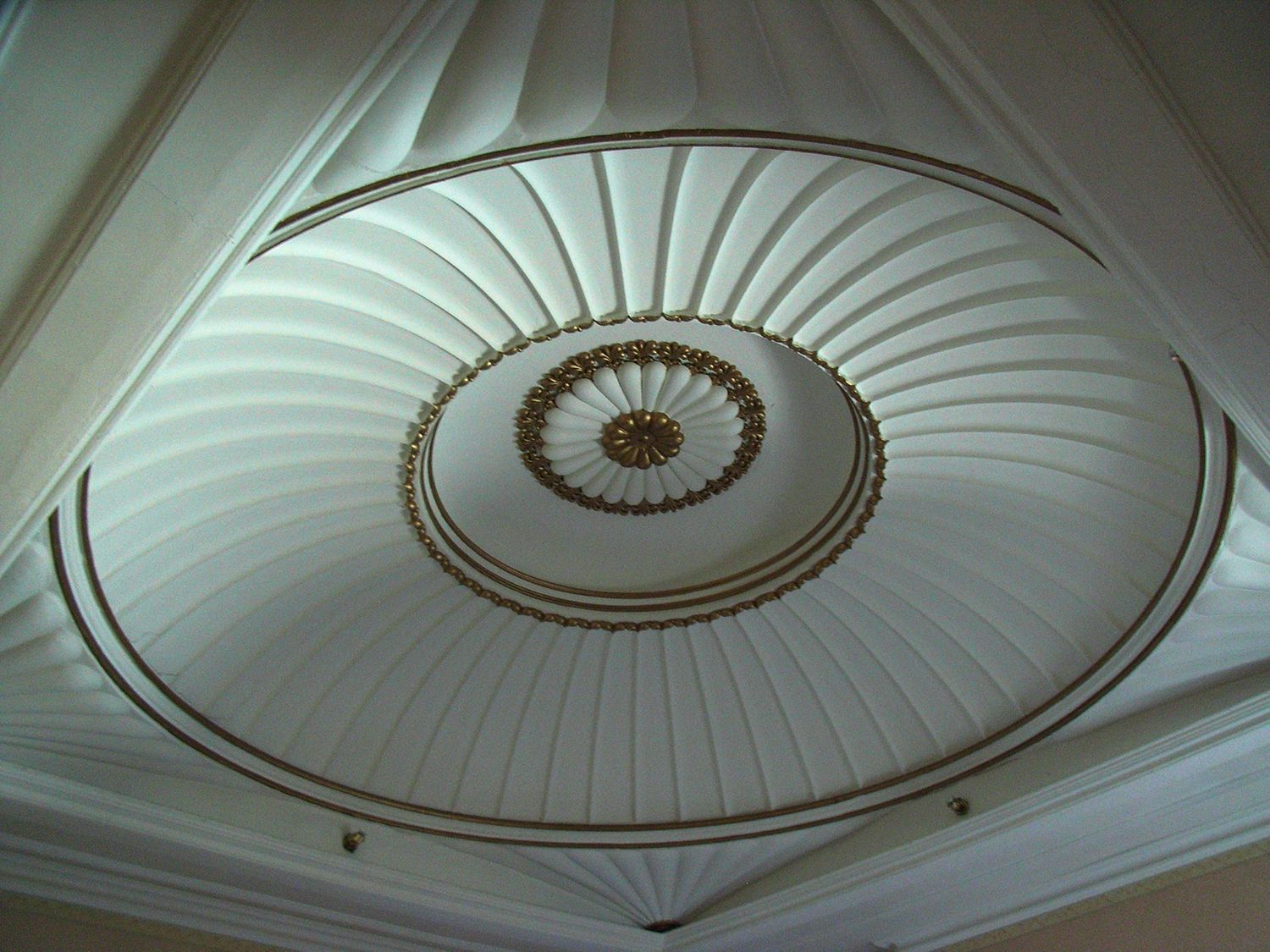
On 8 October 1822, George Montagu, 6th Duke of Manchester, Tory MP and peer, married Lady Olivia Sparrow's daughter, Millicent Bernard-Sparrow. This union brought together the Sparrow family properties in Huntingdonshire and large rents at Tandragee, County Armagh with the Montagu estate at Kimbolton, then also in Huntingdonshire. The married couple resided at both Brampton Park House and Kimbolton.
To this day, the Duke of Manchester Coat of Arms still adorns one of the fireplaces in Brampton Park House.
Lady Sparrow lived at Brampton Park House until her death in 1863.
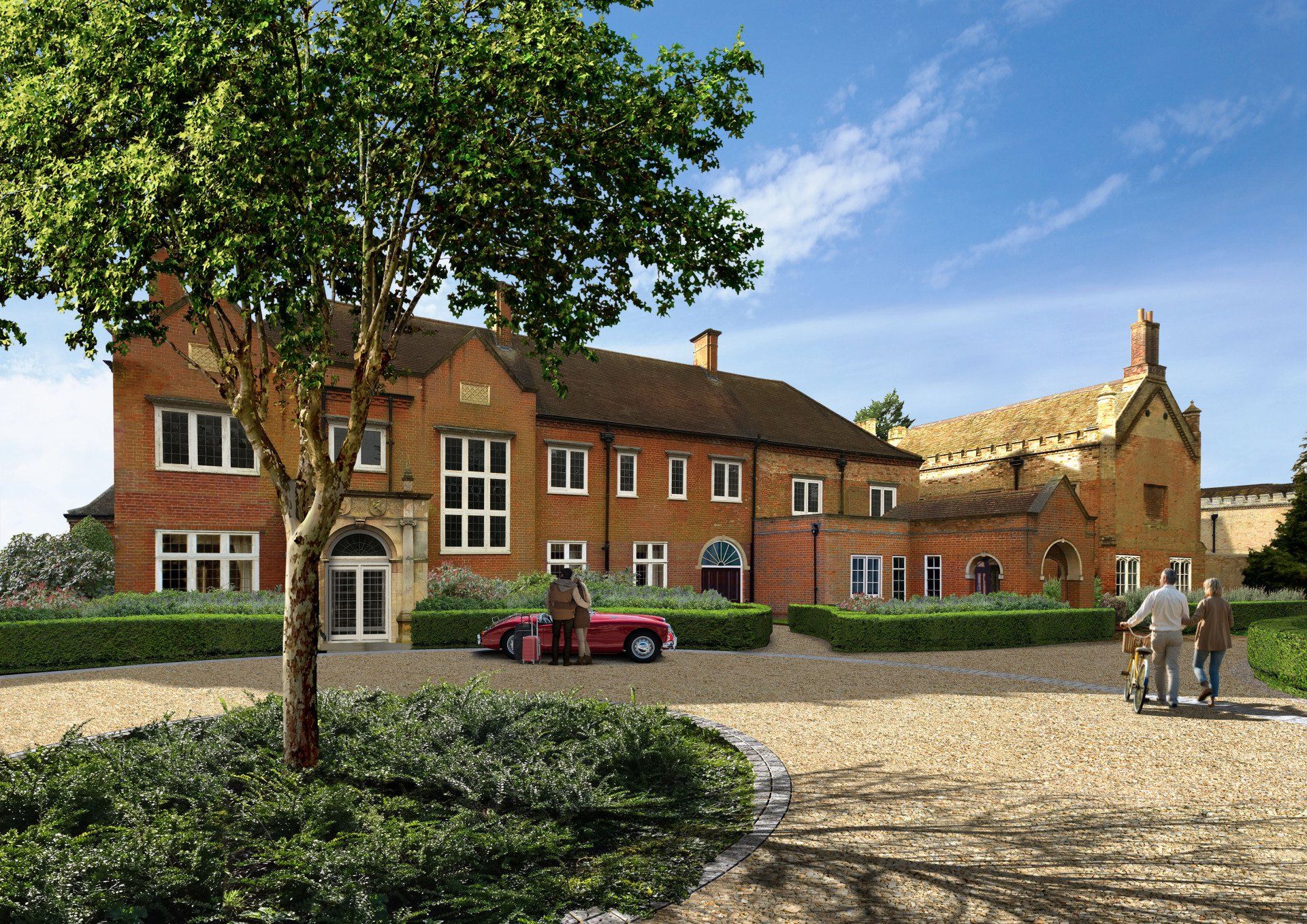
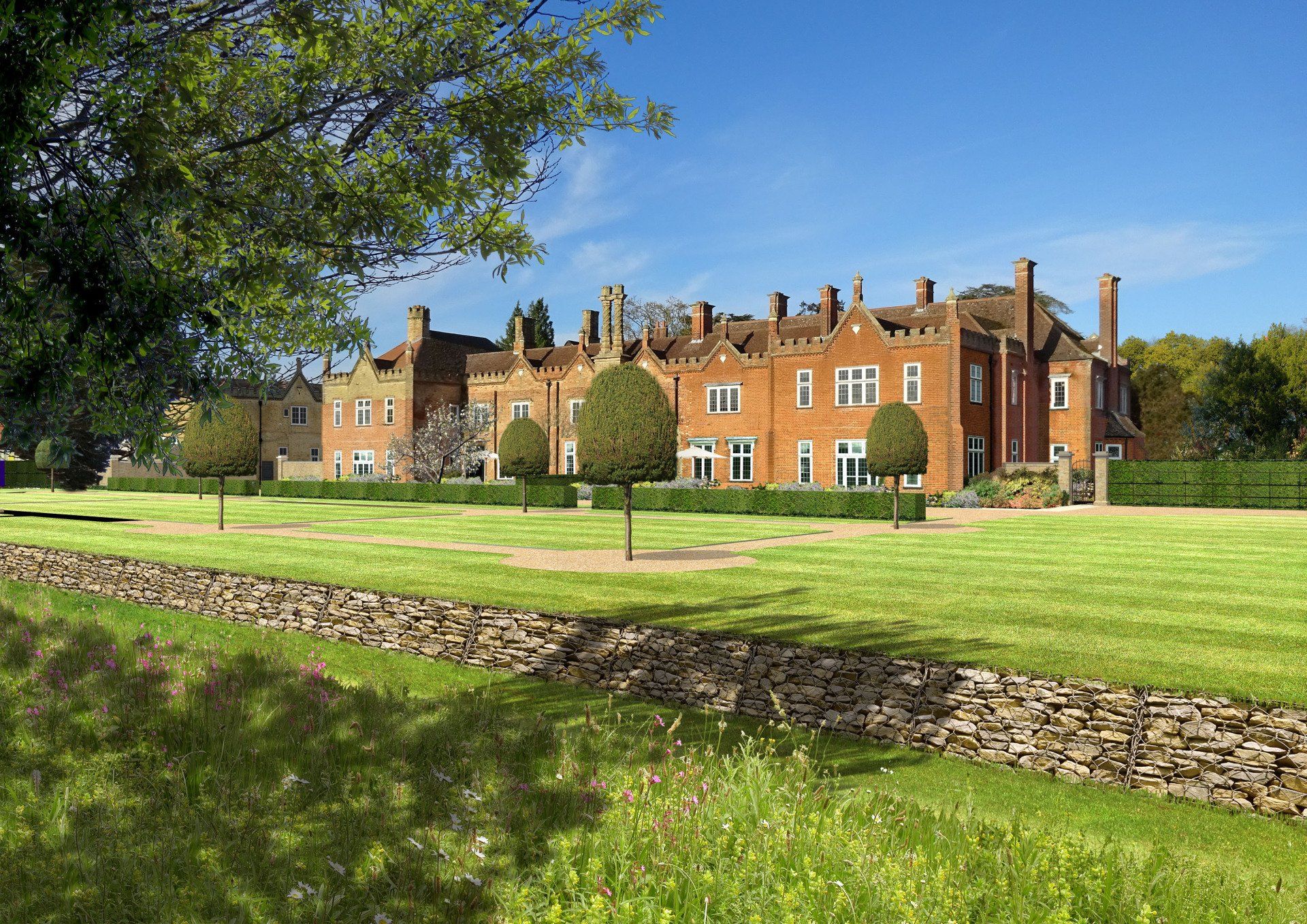
The third chapter of the estate's history began after Lady Sparrow's death and continues to the present day.
In 1889, Brampton Park became an institution for the cure of stammerers for many years until the advent of the three day fire in 1907.
What remained of the original building was fully restored and became the residence of Viscount Mandeville, the 10th Duke of Manchester.
During WW1, the Brampton Park was used to house German prisoners.
At the end of hostilities Lord Mandeville reclaimed possession and subsequently let it to private residents.
During WWII, the house took on another role, becoming known as Sun Babies Nursery caring for babies who had been evacuated from London. It continued in this role until 1942 when the estate was taken over by the US Army Air Corps.
In 1955 RAF Brampton became a permanent establishment as an operational site under Air Command, with Brampton Park House becoming the Officers' Mess for a total 58 years until the RAF relocated in 2013.
The next chapter is just unfolding and we invite you to be a part of it!
Register your interest
This is a paragraph. Writing in paragraphs lets visitors find what they are looking for quickly and easily.
This is a paragraph. Writing in paragraphs lets visitors find what they are looking for quickly and easily.
This is a paragraph. Writing in paragraphs lets visitors find what they are looking for quickly and easily.
This is a paragraph. Writing in paragraphs lets visitors find what they are looking for quickly and easily.
This is a paragraph. Writing in paragraphs lets visitors find what they are looking for quickly and easily.
Jane Faber, New York
This is a paragraph. Writing in paragraphs lets visitors find what they are looking for quickly and easily.
This is a paragraph. Writing in paragraphs lets visitors find what they are looking for quickly and easily.
Jane Faber, New York
Jane Faber, New York
Don't delay -
58% already reserved!
Please complete the enquiry form and our sales team will contact you directly.
Contact Us
Thank you for contacting us. We will get back to you as soon as possible.
Oops, there was an error sending your message. Please try again later.
